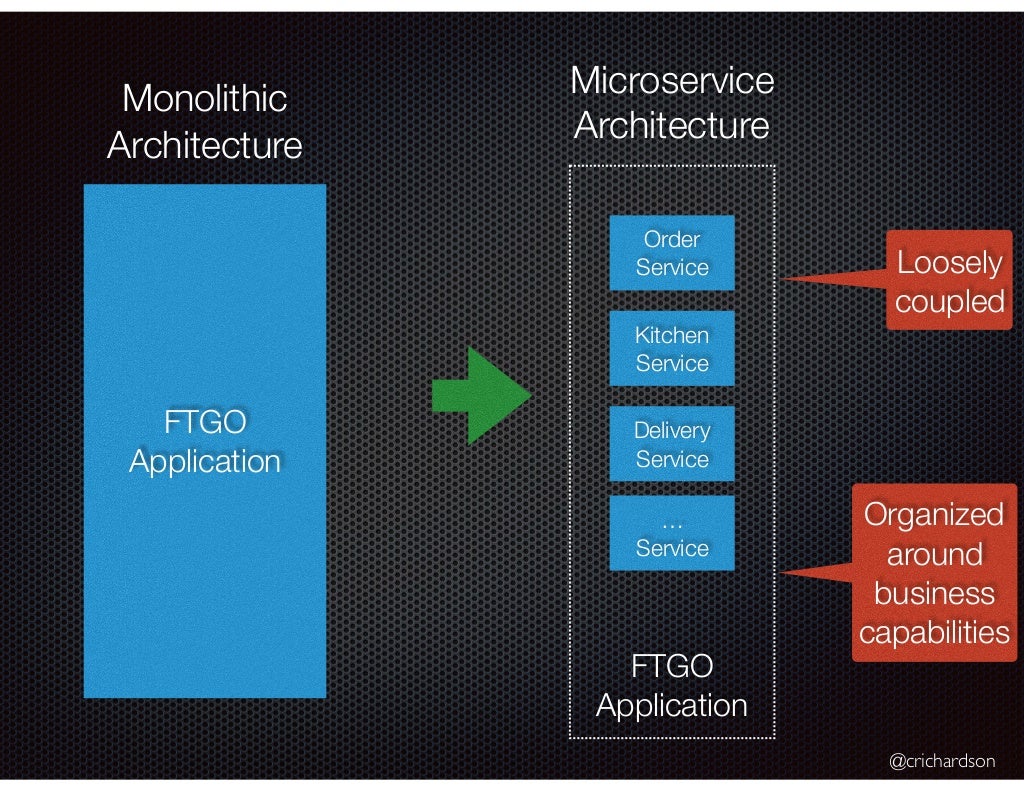Intro to Microservices
Posted By :Rozi Ali |31st January 2020
What is Microservices?
Microservices is a software development architectural style that structures an application as a collection of small autonomous services, modelled around a business domain. Each service in Microservice Architecture is self-contained and implements a single business capability. Dependency between each microservices of an application has to be minimum to avoid tight-coupling and to gather maximum benefits of using Microservice architecture.

Benefits of Microservices
- Softwares that are built as microservices are often weakened into multiple component services, in order that each of those services is often deployed then redeployed independently without compromising the integrity of an application. meaning that microservice architecture gives developers the liberty to independently develop and deploy services.
- Better fault isolation; if one microservice fails, the others will still work.
- Code for various services is often written in several languages.
- Easy integration and automatic deployment; using open-source continuous integration tools like Jenkins, etc.
- The microservice architecture enables continuous delivery.
- Easy to know since they represent a little piece of functionality, and straightforward to switch for developers, thus they will help a replacement team member become productive quickly.
- The code is organized around business capabilities.
- Scalability and reusability, also as efficiency. Easy to scale and integrate with third-party services.
- Components are often spread across multiple servers or maybe multiple data centres.
- Work all right with containers, like Docker.
- Complement cloud activities.
- Microservices simplify security monitoring because the varied parts of an app are isolated. A security problem could be problematic in one section only without affecting other areas of the project.
Drawbacks of Microservices
- Complexity: It increases the complexity to develop, manage, test and deploy the application. Thus, required more efforts.
- Memory Consumption: To run a microservice application meaning to run each service individually which requires more resources, each service run on its on JVM. If each service runs on its own VM, the overhead increases.



